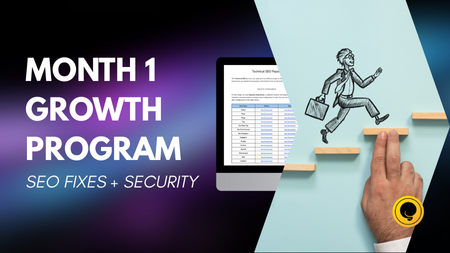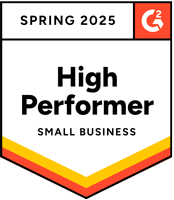What is that one factor that most business owners check to evaluate if their business is on track or not? It definitely has to be revenue. The revenue generated can be compared to past cycles to determine whether there has been an increase or decrease.
However, this figure does not always give the bigger picture. The figure will not show what is happening on the sales floor. Revenue generation follows an event and is always output oriented. Tracking sales performance is more than checking the revenue generated over a certain period. The following are some of the ways sales rep can track performance:
Sales pipeline performance
A business owner must calculate the time it takes for a sales rep to move a lead from one step in the pipeline to the next. A sales pipeline usually has four stages; prospecting, qualification, proposal, and closing.
Prospecting
It is the first step in the sales pipeline process. You must identify some of your business’s best leads through customer profiling before you go to the next level. The sales must break down the best customers based on demographics such as purchasing power, profession, industry, and any other factor that can affect buying decisions. The key performance indicator will be the number of customer profiles created during the prospecting stage.
Qualification
Not every lead profiled will be qualified to become your customer. Sometimes you will find yourself spending time on leads that do not fit your company. The sales reps need to qualify the prospects based on the information they gather from the market. Social media platforms, company profiles, and personal websites can be a good starting point to qualify the prospects. Special attention will be given to the number of prospects that have the qualities to become a customer.
Proposal
The actual proposal of what you are selling happens during this stage. The proposal will lay out what you intend to sell, at what price, and for how long. It is the stage at which your sales rep can either win or lose an opportunity. The sales rep can also make the sales deal larger than it was supposed to be during this stage. Special focus will be given to the number of proposals that the sales rep sends out.
Closing
Once you have sent a proposal, it can two ways. You can either convert a lead into a paying customer or lose the leads due to a variety of reasons. Special focus should be given to the number of closed deals, follow-ups made, and those who are made return customers.
Win rate
It is the rate at which the sales rep convert opportunities into sales. It is calculated by dividing the total sales made by the total number of opportunities created over a certain period. It can be a week, month, or even per year.
Not every opportunity created out there will always lead to a sale. Research shows that the average win rate is 47%. When a company has a low win rate, it is hard to determine if it results from poor lead & opportunity qualification, lack of enough product knowledge, or below par closing skills.
- Some of the factors that can lead to low win rates include
- Poor opportunity qualification or prospecting
- Poor lead qualification
- Poor engagement and communication skills
- Single-threaded deals and insufficient stakeholder mapping
- Insufficient product knowledge
Difference between Win Rate and Pipeline Conversion Rate
Some people use the two phrases interchangeably. However, the two are different measures.
Win rate is a measure of the ‘valid’ deals. It measures the number of closed deals against the won and lost opportunities.
Pipeline conversion rate is the number of deals closed over a certain period against the open deals. Closed business is always calculated in the back office and not on the CRM. This metric is more complex than the win rate because the numerator and denominator are measured from different sources and at two different points in time.
Benefits of using Sales Rate KPI
- Allows you to measure the quality of leads generated
- Easy to measure the effectiveness of your sales team
- You can easily identify qualification issues
Demerits of using Sales Rate KPI
- The sales rep may end up hiding information until they are sure that they will close a deal
- Demands a good CRM program
- Must consider average cycle lengths
Lead response time
It is a measure of how long it takes for a sales rep to respond to a lead. You may find that some of the leads respond faster than others. Those who respond faster have higher chances of turning leads into paying customers.
A good sales rep should get in touch with a lead that gets into the sales pipeline within five minutes. If you wait for several days, you may find that the lead is no longer interested in your products. What makes you think that a potential customer who signs up on your platform by filling a contact form can do the same when it comes to a competitor?
You may even find that the lead struck a deal with a competitor if you take a whole day or weeks to contact the lead. A good CRM should indicate the number of leads generated and those that have been contacted. You can thus know which reps should be assigned to high-value customers and those who are average.
Bonus point: Average deal size
This measures the revenue that the sales rep generates, maybe in a month. It is the average sum of money that customers spend on your products. To get this ratio, you divide the total number of sales deals closed by the reps against those deals’ monetary value.
Tracking the sales pipeline performance, the win rate, and the lead response time are the best approaches to determine the sales reps’ performance. You can thus know the reps that are likely to move the business to the next level and those slowing you down. It is also easy to determine the process that you can capitalize on and those that need tweaking.

















